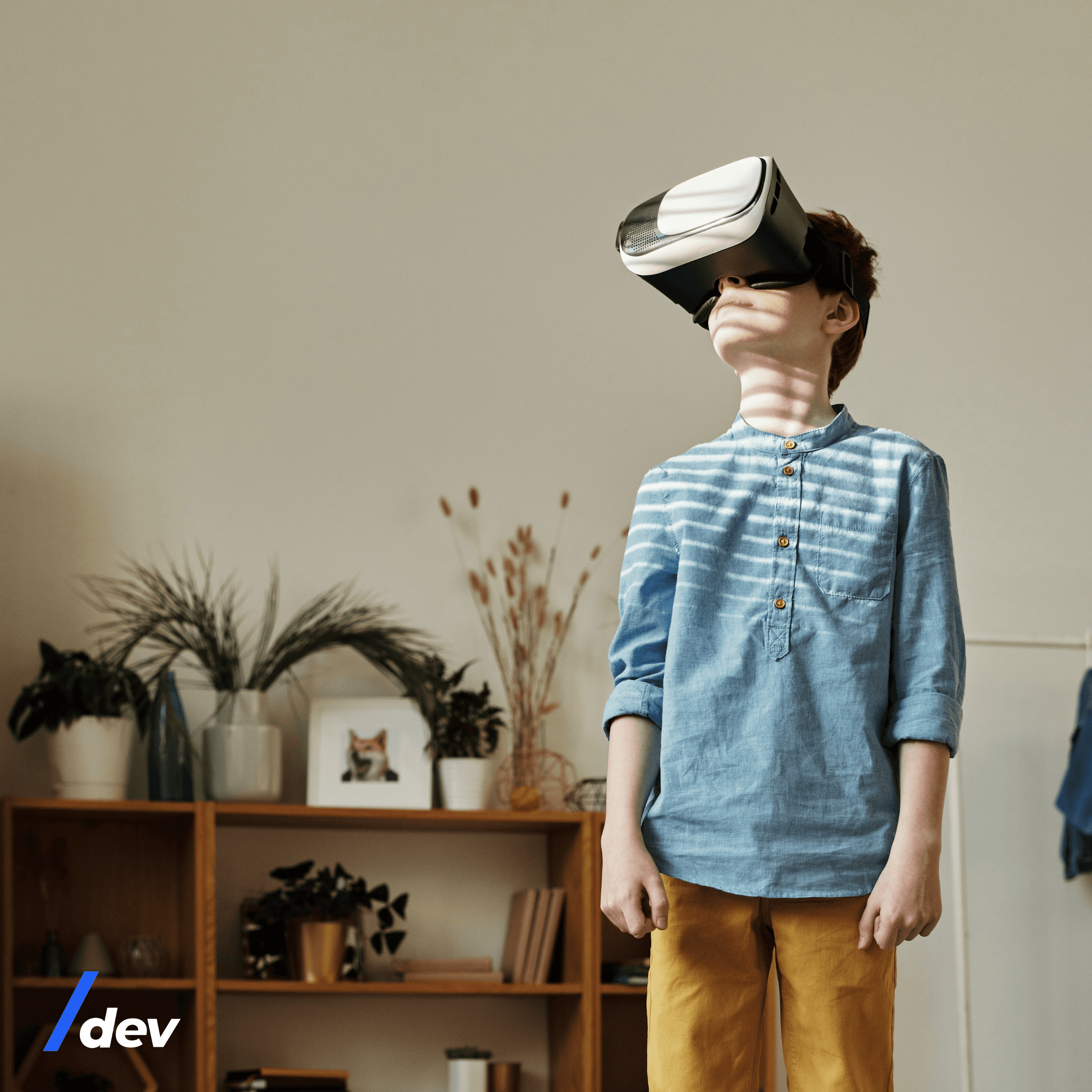Nav.SoftwareServices
Nav.forCompanies
Nav.forDevs
Products
Portfolio
Nav.hireDevs
Nav.hireDevs
Get Senior Engineers Straight To Your Inbox

Every month we send out our top new engineers in our network who are looking for work, be the first to get informed when top engineers become available

At Slashdev, we connect top-tier software engineers with innovative companies. Our network includes the most talented developers worldwide, carefully vetted to ensure exceptional quality and reliability.
Build With Us
The Impact of Augmented Reality in Education: Enhancing Learning Experiences/


Introduction
Augmented reality (AR) has emerged as a powerful technology that overlays virtual objects and information into the real world, revolutionizing various industries. In the field of education, AR holds immense potential to transform traditional learning methods and create immersive and engaging learning experiences. This article explores the impact of augmented reality in education, highlighting its benefits, applications, and future possibilities.
Understanding Augmented Reality

Definition and Functionality
Augmented reality is a technology that superimposes digital content, such as 3D models, videos, and interactive elements, onto the real-world environment, enhancing the user’s perception and interaction with their surroundings.
Key Components
AR relies on a combination of hardware and software components, including cameras, sensors, display devices (such as smartphones or AR glasses), and AR applications. These components work together to recognize the real-world environment and overlay virtual content seamlessly.
Benefits of Augmented Reality in Education
Enhanced Learning Experiences
AR provides a unique and immersive learning environment that engages students and enhances their understanding of complex concepts. By visualizing abstract ideas in a tangible way, AR helps students grasp complex subjects and promotes active learning.
Promotes Collaboration and Interaction

AR fosters collaboration among students by enabling shared experiences and collaborative problem-solving. Students can interact with virtual objects together, collaborate on projects, and communicate in real time, creating a more dynamic and engaging learning environment.
Personalized and Adaptive Learning
AR allows for personalized learning experiences tailored to individual student needs. By adapting content based on student progress and providing real-time feedback, AR technology supports customized learning pathways, accommodating different learning styles and paces.
Applications of Augmented Reality in Education
Science and STEM Education
AR brings abstract scientific concepts to life by allowing students to visualize complex phenomena, explore virtual laboratories, and conduct interactive experiments. It enhances understanding and interest in STEM subjects, making learning more exciting and accessible.
History and Social Studies
AR can transport students to historical events and landmarks, providing immersive experiences that bring history to life. Students can explore ancient civilizations, visit historical sites, and interact with virtual historical figures, deepening their understanding of the past.
Language Learning
AR facilitates language learning by creating virtual language immersion environments. Students can practice vocabulary, engage in realistic conversations, and explore foreign cultures, improving language proficiency and cultural awareness.
Future Possibilities and Challenges
Advancements in AR Technology
As AR technology continues to advance, we can expect more sophisticated and seamless experiences. Improved hardware, faster processing speeds, and more accurate tracking will enhance the realism and interactivity of AR applications in education.
Integration with Virtual Reality and Gamification
The integration of AR with virtual reality (VR) and gamification techniques holds immense potential for creating immersive and interactive learning environments. This combination can further enhance student engagement and motivation.
Accessibility and Equity
One challenge is ensuring equitable access to AR technology for all students. Efforts should be made to make AR tools and applications affordable and accessible to schools and institutions of all sizes.
Conclusion
Augmented reality has the power to revolutionize education by creating immersive and interactive learning experiences. By enhancing engagement, personalization, and collaboration, AR technology opens up new possibilities for teaching and learning across various subjects. As the technology continues to evolve, it is crucial for educators, developers, and policymakers to embrace its potential and work together to integrate augmented reality effectively into educational settings. To explore the transformative impact of augmented reality in education, visit slashdev.io.

